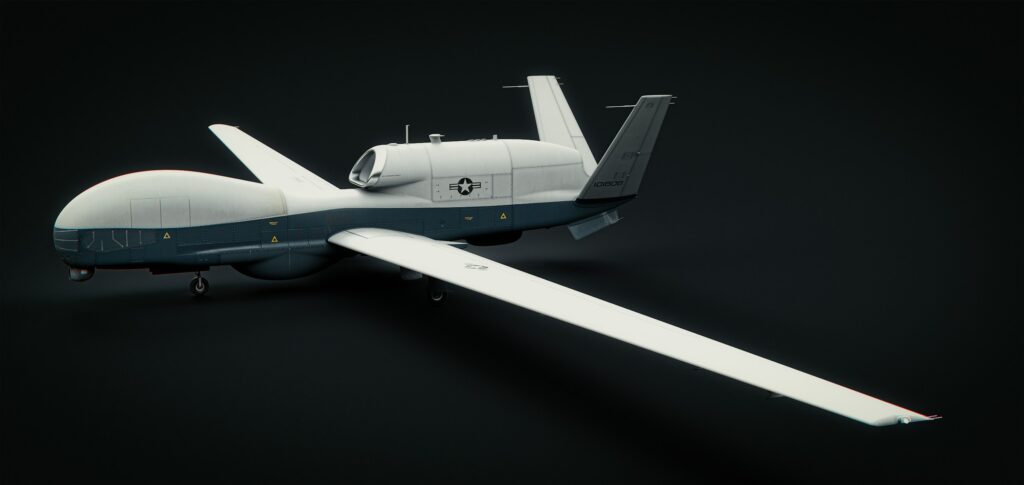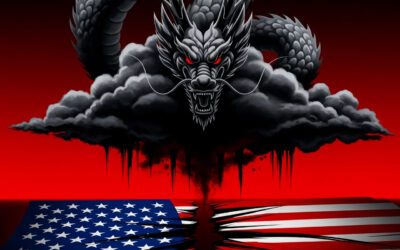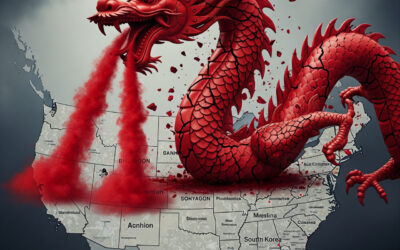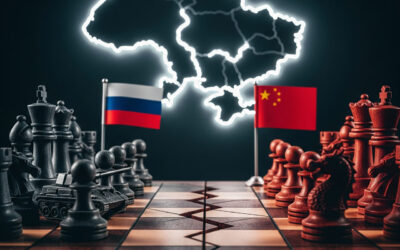Imagine you’re walking through a bustling city in your home country, feeling safe and secure. There are no foreign troops on your soil, no looming threats from abroad. You’re just going about your day—maybe heading to work or grabbing dinner with your family—when a faint buzz interrupts the air above you. At first, it’s just a curiosity, a hum that lingers a bit too long. You glance up, and there it is: a drone, its camera locked onto you. It’s not random. This machine has studied your habits, your routines, your every move. It’s here for one reason—to end your life. With a cold, calculated command, it strikes, then wipes its memory clean and self-destructs, leaving no trace of who sent it or why.
This isn’t the plot of a dystopian sci-fi flick. It’s a reality we’re staring down today, born from the brutal crucible of Russia’s war against Ukraine. The rise of AI-powered autonomous drones is no longer a distant fear—it’s here, and it’s more terrifying than anything we’ve faced before, even nuclear weapons. Let me explain why this technology is keeping me up at night and why it should concern us all.
A New Breed of Weapon
The war in Ukraine has become a testing ground for a new kind of warfare. Both sides, locked in a desperate struggle, have turned to drones to gain the upper hand. These aren’t your average hobbyist drones. They’re AI-driven machines capable of identifying human targets on the battlefield and making split-second decisions to kill—without a human operator guiding them. This autonomy is a game-changer. It means drones can operate even when jamming technology tries to cut their connection to a handler. No signal, no problem. The drone’s AI takes over, selects its target, and executes.
What makes this so chilling is how accessible this technology is. Unlike nuclear weapons, which require billion-dollar facilities and rare materials, these drones could one day cost less than $1,000—cheaper than a high-end assault rifle. And unlike nukes, which are weapons of mass destruction with catastrophic consequences that deter their use, these drones are precise, surgical, and anonymous. You might never know who sent one after you. It could be a foreign government, a terrorist, or even a hacker who stole the tech from a military database. The lack of a paper trail makes retaliation nearly impossible, and that’s what makes these drones so dangerous.
Why Drones Scare Me More Than Nukes
I know it sounds bold to say that drones scare me more than nuclear weapons, but hear me out. Nuclear weapons are a known quantity. Their destructive power is so immense that even the most unhinged dictator hesitates to use them, knowing the retaliation would be swift and total. I’ve talked about this in other posts—nukes are a deterrent precisely because everyone knows who’s responsible when one goes off. But AI drones? They’re a different beast. They can be used on a small scale, targeting individuals or groups with surgical precision. The attacker could be halfway across the globe or right across the street, and you’d never know. The scale of the attack might be small enough that retaliation feels unjustified, even if you could figure out who to blame.
Now, scale this up. Imagine not one drone but thousands, programmed to target people based on race, ethnicity, or some other arbitrary trait. A terrorist or rogue actor could unleash a wave of these drones, each one executing its kill command and vanishing without a trace. It’s not just the act itself that’s terrifying—it’s the threat of it. Just as nuclear weapons have been used to intimidate and coerce, the mere existence of these drones could silence world leaders, deter action against bad actors, or hold entire populations hostage to fear. Imagine a dictator threatening to target your family with untraceable drones unless you comply. That’s the kind of leverage this technology could give to the worst among us.
How Did We Get Here?
The roots of this nightmare lie in the war in Ukraine. When Russia launched its full-scale invasion, drones were just one tool in their arsenal, overshadowed by tanks, artillery, and helicopters. But as the conflict dragged on, both sides realized the game-changing potential of cheap drones. A $1,000 drone could take out a multi-million-dollar tank, leveling the playing field in ways no one expected. This sparked an arms race in drone technology, with each side racing to outdo the other.
At first, the challenge was jamming—disrupting the signal between a drone and its operator. Russia and Ukraine both developed countermeasures, like fiber-optic drones tethered to their operators by a physical cable. But these have limitations: the cables restrict range and can get tangled. The real breakthrough came with AI. By giving drones the ability to operate independently, both sides bypassed the jamming problem entirely. These drones don’t need a human to pull the trigger—they can decide for themselves.
What’s driving this leap forward is data. The war in Ukraine has produced an unprecedented amount of real-world battlefield data, with thousands of drones flying missions daily. Every flight feeds information into AI algorithms, training them to recognize targets and make decisions in chaotic, real-life scenarios. This is something humanity has never had before—a massive dataset to build truly autonomous weapons. And once this technology exists, it’s not staying on the battlefield. Unlike nukes, which require rare materials and massive infrastructure, AI drone tech can be copied onto a flash drive and spread to anyone with the means to use it.
The Echoes of History
This isn’t the first time we’ve raced to build a terrifying weapon out of necessity. During World War II, the United States rushed to develop the atomic bomb because Nazi Germany was working on one. The fear of the “bad guys” getting there first drove the Manhattan Project, even bringing in German scientists to beat Germany at its own game. Today, we’re seeing a similar dynamic in Ukraine. Russia’s development of AI drones has forced Ukraine to follow suit, not out of malice but survival. This is a war they see as existential, and they’re doing what they must to protect their people.
But here’s the kicker: this could have been avoided. When Russia began its invasion, the world hesitated, paralyzed by fear of escalation—particularly the specter of Russia’s nuclear arsenal. Instead of decisively supporting Ukraine to end the conflict quickly, the West held back, hoping to avoid a broader war. That hesitation allowed the drone arms race to flourish, turning science fiction into reality. By trying to avoid escalation, we’ve created a new kind of threat—one that could haunt us for generations.
A Call to Face Reality
I’m usually an optimist, but this topic hits hard. The rise of AI-powered killer drones isn’t just a technological leap; it’s a wake-up call. We can’t keep wishing for peace while ignoring the reality of what’s unfolding. The Western world’s reluctance to fully support Ukraine, out of fear of Russia’s nukes, has led us to a place where we’re now grappling with a weapon that’s cheaper, stealthier, and potentially more destabilizing than anything we’ve faced before.
This isn’t the end of the world, but it’s a challenge we can’t ignore. World leaders need to wake up to what’s happening and act with clarity, not wishful thinking. We need to confront bad actors head-on, support those fighting for their survival, and work to contain the spread of this technology before it falls into the wrong hands. The cat’s out of the bag, but it’s not too late to limit the damage.
What do you think about this? Are there ways we can balance technological progress with the need to keep humanity safe? Let’s start a conversation in the comments—I’d love to hear your thoughts.



